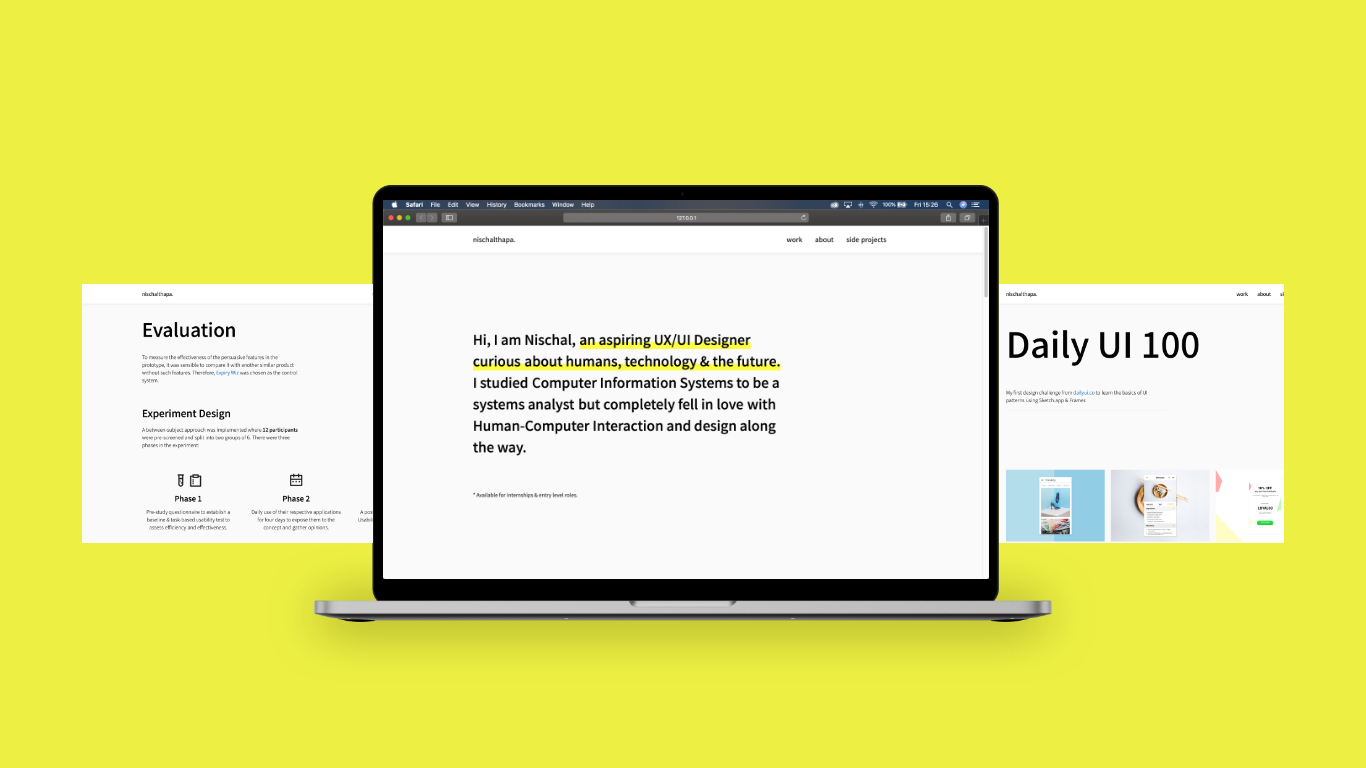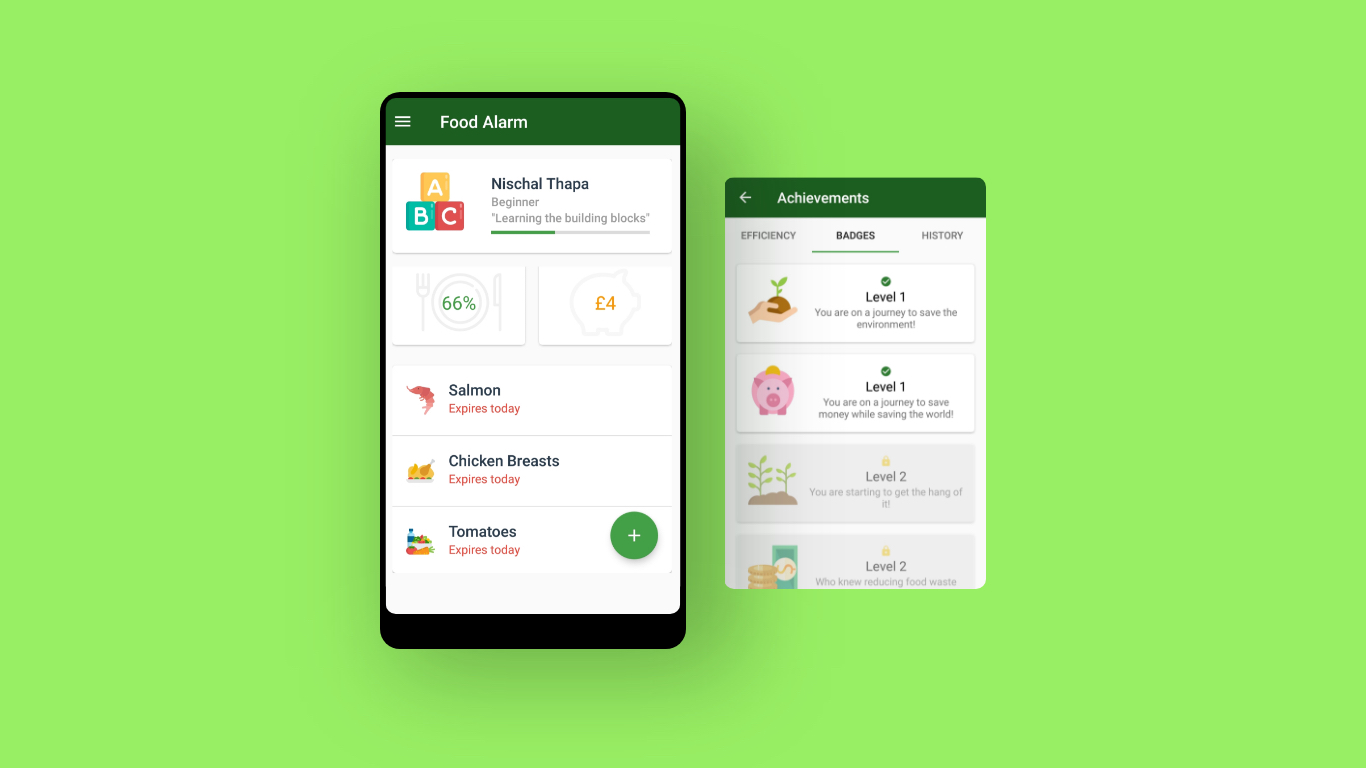How It Started
The project began when I could not find an (Android) habit tracking app that satisfied my needs and use cases. While there were workarounds, it did not offer the best experience and convenience. Hence, I decided to explore habit tracking apps and how others use such apps as well.
I. Research
The initial phase of the research revolved around answering the following key questions to understand habits in general:
-
Who and why do people use habit tracking apps?
-
How do people form habits?
-
What are some existing methods used to form habits?
Types of Users
While there are many psychological theories, I mainly refer to this article by Gretchen Rubin, which talks about four different types of tendencies people exhibit in relation to habits.
-
Upholders, who are highly disciplined and will get things done on their own.
-
Obligers, who respond well to expectations set by others but do not have high internal motivation.
-
Questioners, who always require highly rationale explanation on why they should do things.
-
Rebels, who hate being told what to do and only do things that they want to do.
The image below sums up the key idea behind Gretchen's theory.
Obligers and questioners would be the most suitable audience for habit tracking apps.
In specific, obligers tend to see these apps as means to introduce outer accountability. Needless to say, there will be variations. Some obligers might simply need a notification to drink glass of water, while others might follow through on their commitments because they paid for the app and don't want it to go to waste.
Key findings
-
Existing apps utilise various forms of psychological strategies such as reminders, accountability, streaks and coaching.
-
A key to forming a new habit is identifying the cues and rewards for existing habits and then creating cues and rewards for new habits.
-
Gamification features such as virtual badges and rewards can be used to turn habit formation into a game.
-
Some people don't want to build new habits, instead stop bad habits such as smoking.
-
Habit apps can only work if the person is actively monitoring and using the data towards progress.
"A notification can remind you at 11:00 am to take a walk around your office to get some steps, but it can’t force you to stop working, get out of your chair, and actually follow through. Apps that remind you to complete a habit each day are only fighting half the battle. They can’t make you exercise — and that’s the real conundrum: Apps aren’t a substitute for willpower. Apps can give you reminders, accountability, guilt trips, or even a personal habit coach, but in the end you still have to do the work — you can’t app your way to a better self." - Nisha Chittal, Vox
II. Competitor Analysis
I browsed online blogs and the Google Play store for prominent apps in the field which resulted in these 10 apps - Habitica, Loop Habit Tracker, Mindful Goals, Productive, Grow, Habit Now, Repeat Habits, HabitBull, Habitify and Fabulous.
Common features
To start with, I analyzed each app's features and categorized them into strategies, reflection, flexibility and convenience.
Strategies include the explicit psychological elements that could help the user in their quest of forming a habit. For example, positive messages to encourage the users. Similarly, reflection provides a deeper level of engagement from the user by showing them their progress.
On the other hand, flexibility represents the freedom the user gets in the app, e.g. creating custom habits and editing past records. Lastly, features for convenience are primarily included for enhancing the core user experience.
Strategies primarily for habits
Explicit psychological strategies used to encourage formation of new habits. It includes positive messages, reminders, social features, tunnelling and habit streak.
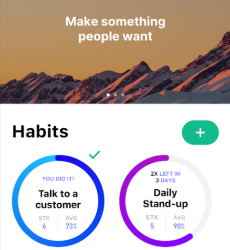
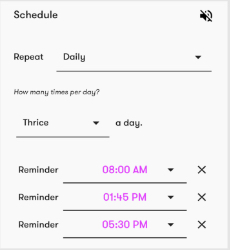
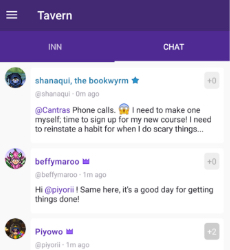
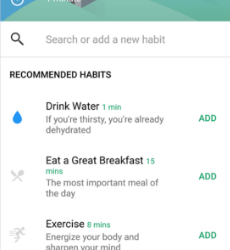
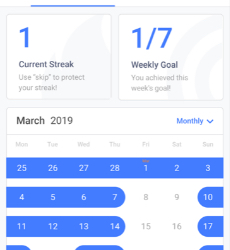
Reflection for deeper engagement
Reflection includes features primarily for reflecting on progress and behaviour, i.e. journal/notes and progress data.
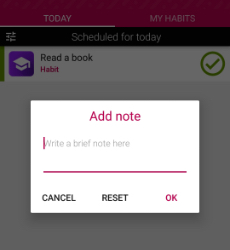
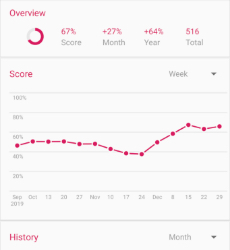
Flexibility for user freedom
Flexibility offers customization & freedom to users. It consists of ability to edit past data, creating custom habits and distinguishing between positive and negative habits.
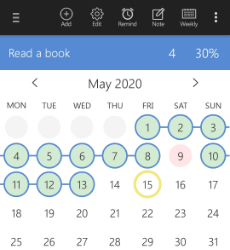
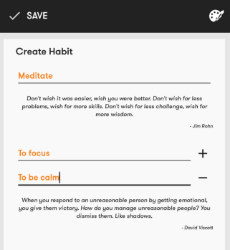
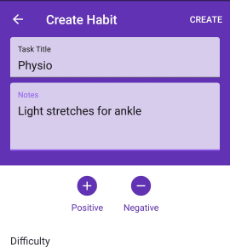
Convenience for enhancing the UX
Convenient features primarily for better UX include cloud back up, data export and widgets.
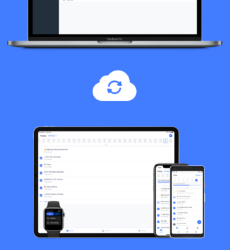
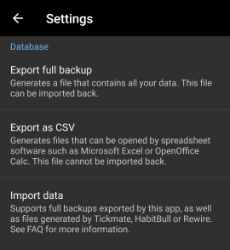
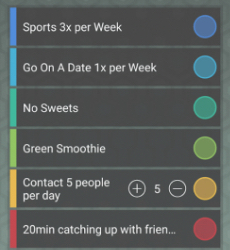
Popular features
Unsurprisingly, reminders was the most common feature, while journaling and tunnelling were the least common.
Pros, Cons & Unique features
General pros, cons and unique features found across all the apps.
The analysis carried out so far was from my point of view and holds relatively little value in a user-centred design compared to actual users of the app. Thus, I looked at Google Play store reviews which represents the actual users of the respective apps.
III. User Reviews in Google Play
Ratings-based analysis
The prior step identified the best-rated, worst-rated and average-rated apps amongst the 10 habit tracking apps. This was used to divide the level of analysis to save time and effort.
Quick analysis on 7 average-rated apps
User reviews (from Feb - Mar 2020) of these apps were browsed through and brief notes were taken on popular and interesting comments.
In-depth analysis
An additional month of user reviews (Jan - Mar 2020) was included for the following three apps. Individual comments and points were categorised into positive, negative, and improvements. General themes were also identified within the reviews.
Findings on worst-rated app (Habitify)
Habitify was primarily chosen to learn the negative aspects of habit trackers that users disliked.
Findings on best-rated app (Loop)
Loop was primarily chosen to learn the positive aspects of habit trackers that users liked.
Findings on a science-based app (Fabulous)
Fabulous was primarily chosen to learn about a science-based design which appeals to one of the main target users of habit trackers.
IV. Deliverables
The data gathered was then used to create the following personas & storyboard to provide an overview of a habit app user.
Personas based on secondary research
Storyboard based on research and intuition
V. Business Implications
In addition to user research, there were also a few insights for business applications:
-
The revenue streams greatly varies - one time upfront fee, annual subscription, freemium (most popular & recommended method)
-
Users are willing to pay for such services provided they are reliable.
-
Credible and expert sources provide additional marketing benefits. E.g. Fabulous was built at Duke University’s Center for Advanced Hindsight in conjunction with leading experts on behavioural economics.
-
DO NOT charge people outright and let them experience the app prior to commitment.
-
A release date of sometime around new year is recommended since most people will be looking to make positive changes around then.

Learnings
It was interesting to go through numerous user reviews and learn how people use the app in ways that are different than it was intended to. It also highlighted the importance of external factors such as price and functionality to provide a good overall experience.
I originally planned to design an app as well based on the findings here. However, I spent too much time on research. In hindsight, I should have focused on a smaller problem within the space and tried to solve that, which could have made a more engaging case study.
